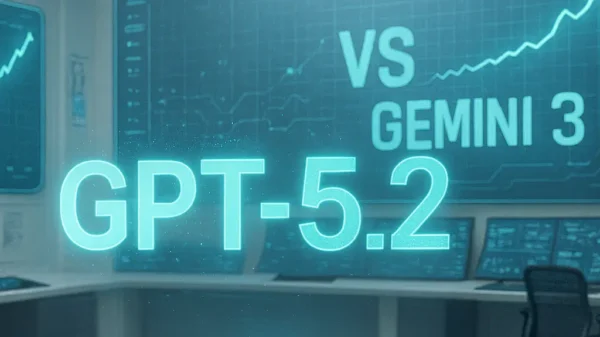California has been a center of the self-driving car industry. Up to now, California has been adamant in denying large motor vehicle-manufacturers the permission to test their self-driving technology on the open streets without a human driver. Nearly 30 corporations are currently testing their technology with drivers in California, keeping in mind that these vehicles are planned to be sold to the general populace. A recent announcement by state authorities may pave the way for these large corporations to introduce self-driving technology to the general consumer.
California’ Department of Motor Vehicles is now looking to consumers to determine whether or not to permit the testing of driverless cars on the road, as well as the use of self-driving technology in public transportation. These vehicles will not need any manual controls that are normally used, such as the steering wheel and the various pedals.
The proposed regulations and policy were published on Friday, March 10, and the DMV established April 24 as the deadline for the public to give their opinion about the proposed changes. If voted on and the policy is passed, the laws will be put into effect in 2018.
Currently, 27 companies including BMW, Tesla, and Waymo have permits that would allow them to test their driverless-vehicles on the streets. The only contingency that the DMV of California has placed on the self-driving technology is that it must obey the traffic laws of California and adapt to other government policy.
On the other hand, the DMV has asserted that the introduction of the new policy has not changed the perception about the self-driving technology. Brian Soublet, chief counsel at the California DMV, said “I don’t want to say we’re comfortable. We believe we’re requiring certification from the manufacturers that they’re ready and that the vehicles themselves are able to operate without causing some harm” in a conference call with reporters on March 10.
There are several key differences in government policy before and after the proposal. For example, the need for manual control, specifically through the steering wheel, and a driver to take over if something went wrong in the self-driving vehicle, was absolutely necessary before the proposal. But now, “car manufacturers just have to ensure that they meet the federal safety standards, or receive an exemption from the National Highway Traffic Safety Administration (NHTSA).”
California is in fourth place in the race allowing car manufacturers to test their self-driving technology on the roads. Florida and Michigan are currently allowing driverless vehicles to be tested on the roads with restrictions set in place. Michigan is being very lenient on self-driving technology by allowing the testing of autonomous cars with little to no restrictions. California may follow Michigan and Florida in their decisions to allow corporations to allow autonomous vehicles to be tested on the streets.

















































